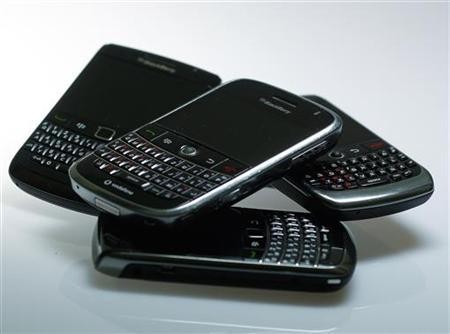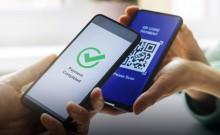
RIM, the Canadian multinational telecommunication company, has crossed the barrier from QWERTY business-end smartphones to high-end smartphones mainly led by Apple and Android-powered handsets.
The new touch screen phones, dubbed as BlackBerry 10 Alpha Dev devices, are being readied for stiffer competition in days to come. However, apart from dealing with hardware design change, RIM has to tackle the bigger threat in the form of operating system since they have to blend in an OS which can offer the feel of both iOS and Android. In this aspect, BlackBerry OS maintains a long distance difference compared to the other two major players.
Apple is the only company that has a perfect eco-system to balance it all in terms of hardware and software. Android's main success lies in its ability to blend into the environment. Samsung and HTC along with Motorola have offered the best use of Android OS.
As of now, RIM has the option to do what Apple is doing or has to look for option similar to what Android does. However, there is no assurance whether the plan may tick for the BlackBerry-maker. But RIM can do enough to pull in its lost loyal following who have shifted their bases to Android and Apple's devices.
RIM distributed to developers the first smartphone that runs on company's next-generation BlackBerry 10 mobile OS this week. The device's fate is dependent on developers as the company expects the latter to build and improve BlackBerry 10 application so that their software will be ready when smartphone is launched later this year.
The newly showcased BlackBerry 10 Dev Alpha smartphone reveals the details of what is expected to be the next flagship line of smartphones being readied by RIM. The features and specifications of the next device include BlackBerry 10 Developer Preview V 10.0.4.197, 4.2-inch 1280x768 HD LCD (356dpi) touch screen display, 16 GB of built-in storage, front-facing camera with no flash, rear-facing camera with flash, no LTE support, quad-band HSPA+ connectivity, non removable battery, mini HDMI out port, micro USB port, 3.5 mm standard headset jack and front facing notification LED. Also the inclusion of NFC support is likely as BlackBerry recently launched NFC-enabled new BlackBerry Music Gateway device which is a small music streamer with no battery, screen or any complicated settings.
Meanwhile, the specs details of Apple's iPhone 5 are not clear as there are quite a number of rumors regarding the design of the new iPhone. iPhone 5, which is expected to sport a different design, is likely to come with 8mm thickness and a larger battery. When it comes to display, Apple follows the rule of the thumb reaching all corners of the display maintaining a 3.5-inch frame but with increasing trend of 4-inch smartphones being liked by consumers, Apple will mostly change its stand when it comes to display.
LTE connectivity for Apple iPhone 5 is in the cards as Apple has lined in an LTE modem in the third generation iPad and this may force Apple to bring out thicker iPhone 5 as bigger battery also may take its toll. In terms of processor, iPhone 5 may maintain the evolutionary leap of dual-core processor with quad-core graphic support. And the possibility of iPhone 5 running on iOS 6 operating system to be unveiled at the WWDC 2012 in June cannot be ruled out.













